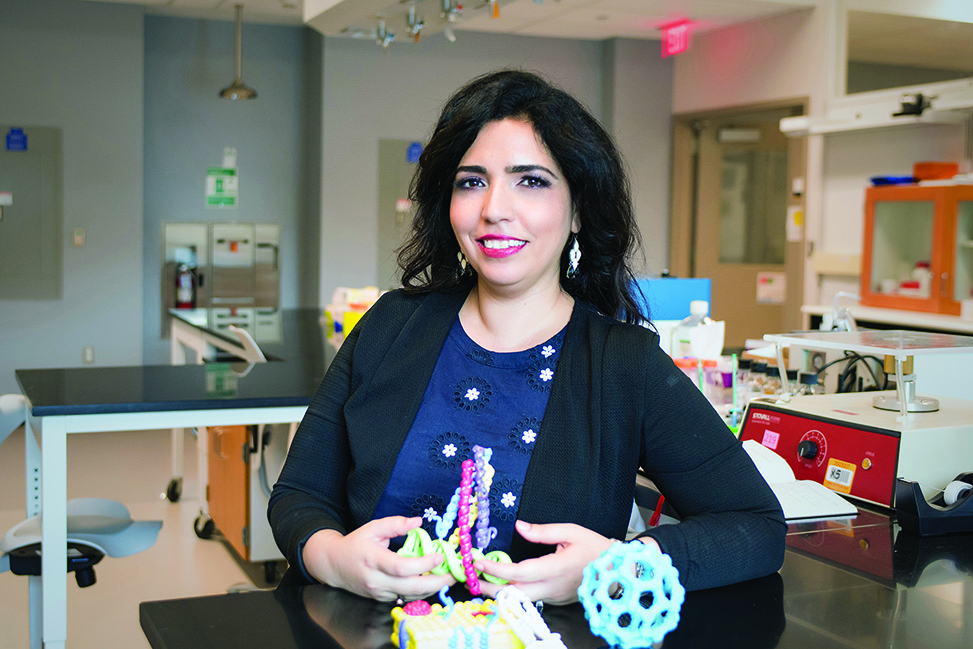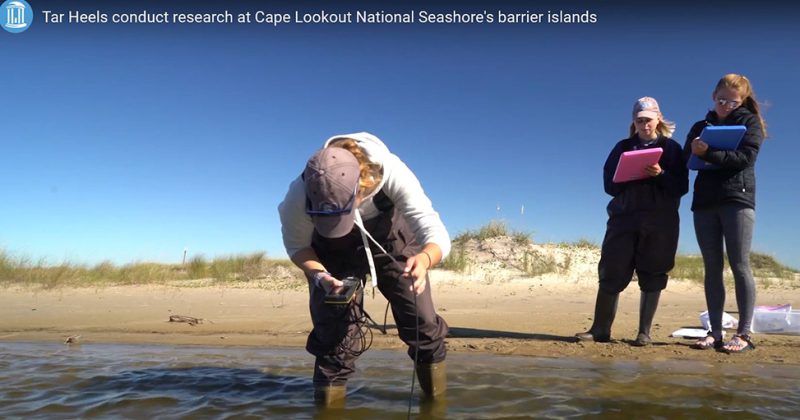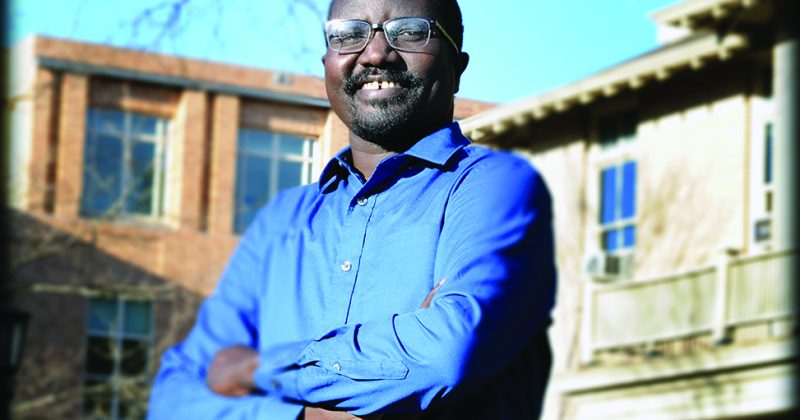
“We turned the tables on the virus by using the same sugar coat it binds to infect cells to capture it onto our sensor,” said Ronit Freeman. (photo by Sarah Daniels)
An interdisciplinary team led by scientists from UNC-Chapel Hill and the University of California, San Diego have designed a rapid and sensitive lateral flow assay that has the potential to become the gold standard for the detection of SARS-CoV-2 variants.
The new test, named GlycoGrip, adapts natural biology to reliably capture the virus and allow for a simple and accurate detection of COVID-19 infection within minutes. Its low cost, portability and ease of manufacture could make it globally available, especially in rural or low-income areas that typically lack easy access to expensive PCR testing equipment.
The findings were published in ACS Central Science.
“We tapped into nature to reimagine viral diagnostics,” said Ronit Freeman, co-corresponding author of the paper. Freeman is a UNC associate professor of applied physical sciences and biomedical engineering.
GlycoGrip is inspired by the natural biology of epithelial cells — those that are targeted and infiltrated by the SARS-CoV-2 virus. These cells are coated with a dense matrix of sugars called the glycocalyx, and it’s this sugar-net that the virus exploits to cause infection.
“We have turned the tables on the virus by using the same sugar coat it binds to infect cells to capture it onto our sensor,” said Freeman. The concept is intuitive: a droplet of biofluid containing the virus, such as saliva, is placed on one end of the strip and flows along the surface. When the fluid reaches a sugar-coated patch, the virus becomes trapped on that specific area. This capture is then signaled by antibodies treated with gold nanoparticles producing a visual color that indicates infection.
A patent has been filed for the new technology, and the team envisions a future in which GlycoGrip can offer cheap and reliable testing for a wide range of viruses.
Published in the Spring 2022 issue | The Scoop
Read More

Can sustainable plastics clean our plastic-polluted water?
UNC researchers across disciplines are harnessing the power of a…



